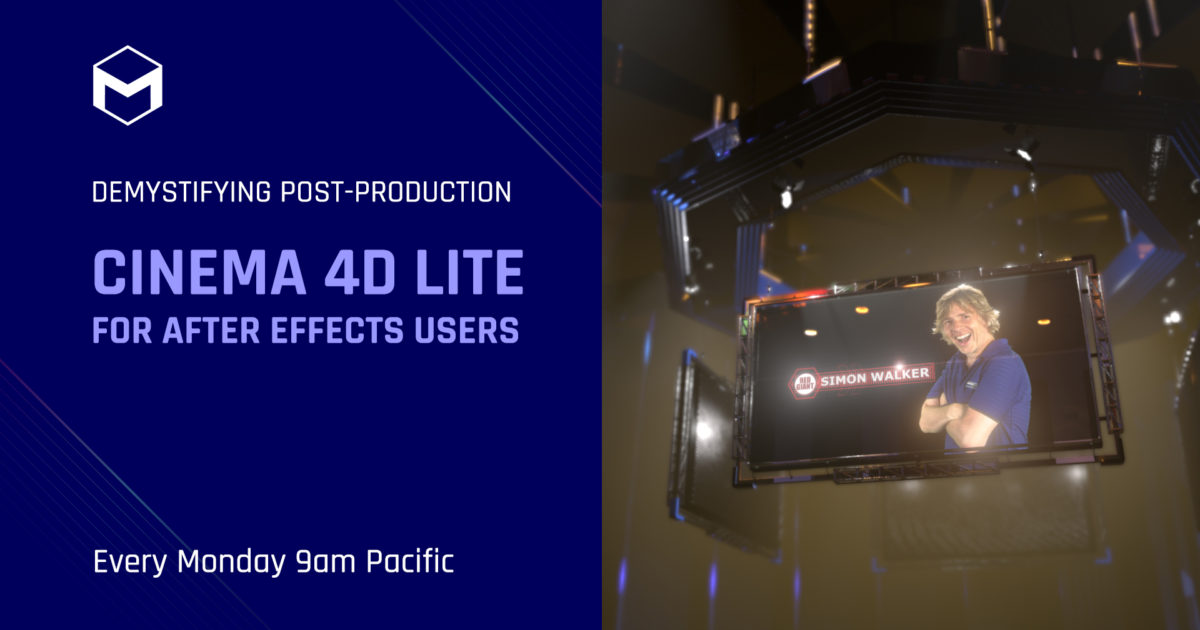

This takes much longer than C4D Lite’s method, but allows for a more detailed placement of textures.Įditing materials in Blender also is more complex since you have to use a node editor. I converted my curve to a mesh to unwrap, then unwrapped the model so I could add my UV texture to the bottle labels. Its Edit and Sculpt mode allow for more detailed or organic shapes that are hard to achieve in C4D Lite.įor texturing in Blender, it’s not as simple since you have to do some UV unwrapping of your model first. For making models, Blender is much more capable for creating complex geometry. Blender has its own wide range of modifiers to create and manipulate shapes with. To get the same lathe behaviour as in C4D, I used the screw modifier. The curve tool is a little harder to use, but the process is like C4D Lite’s spline tool. I started out making the bottle by tracing the reference image using curves. The other con is that you can only export out of it using After Effects CC so this isn’t exactly a “free” software. On the down side, it’s lacking in more complex modelling or texturing capabilities. Plus, there are some other cool tools in here such as the typography editor. It works well for making simple models and for creating stylized lighting. To sum up Cinema 4D Lite, the user interface is clear and easy to pick up. It’s a strange process and takes more time to do test renders rather than using one piece of software.
C4D LITE SOFTWARE
c4d file into Adobe After Effects and export it through that software or Adobe Media Encoder. You get some basic render settings such as resolution, ambient occlusion, and anti-aliasing but to actually render, you have to import your. Since I wanted a looping animation, I changed my rotation splines to linear so that the motion was consistent. To adjust the curves of your animation, you can use the F-curve editor. To add keyframes, you click the little button next to whichever parameter you want to animate.

The labelling is clear and it’s easy to manipulate the settings to see what kind of look you want to achieve.Īnimation in Cinema 4D Lite is also easy to pick up. If you are looking for a more stylized look, I would recommend this software. The process involves checking the right checkboxes and adjusting sliders as desired. If you had more complex textures in mind, you may find C4D Lite frustrating since you are limited in how much you can do.Ĭreating the materials for the bottle and bottle cap was also easy in Cinema 4D Lite. For simple texturing, this process is easy. Next, I adjusted their positions using the Material tag UV projection options.

Using the Color and Alpha options, I uploaded my sauce label PNGs. I like how clear and easy-to-use the Material Editor is and how you get an image of what your material will look like. With the model done, I added the label textures using the Material Editor. For more complex shapes though, you may struggle to get what you want out of this software. Using the modifiers in C4D Lite is easy and you get a decent amount of choices to make simple models. Next, I used the lathe tool on the spline to turn it into a 3D object with a simple drag and drop. Navigating within the space is also smooth and straightforward. Click, drag and adjust anchor handles as needed. The spline tool is easy-to-use and feels like Illustrator’s pen tool. Using the spline tool, I traced the silhouette of half the bottle. Using both C4D Lite and Blender, I tried to create the same scene to showcase the abilities of both. I couldn’t think of a better way to test two 3D packages than with a hot sauce bottle showdown. Blender Battle of 2020! Battle of the Software! So here is what I know you’ve all been waiting for: the C4D Lite vs. After having spent time in both pieces of software, I wanted to share the pros and cons of using these 3D tools.
C4D LITE PROFESSIONAL
I’ve been recently learning Cinema 4D Lite in my professional development time at gskinner and comparing it to Blender 2.8.


 0 kommentar(er)
0 kommentar(er)
